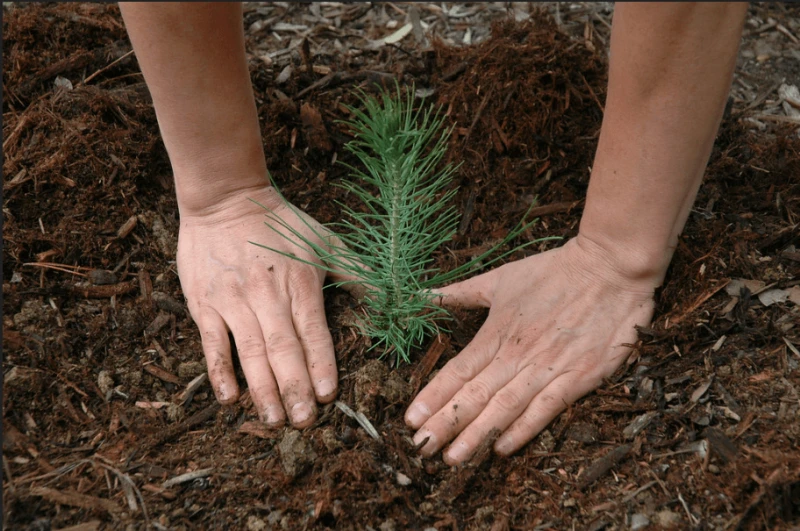[Suzanne Simard, a forest ecologist at the University of British Columbia in Vancouver] said that trees help each other out by dispatching resources and warning signals through fungal networks in the soil — and that more mature individuals, which she calls mother trees, sometimes prioritize related trees over others.
The idea has enchanted the public, appearing in bestselling books, films and television series. It has inspired environmental campaigners, ecology students and researchers in fields including philosophy, urban planning and electronic music. Simard’s ideas have also led to recommendations on forest management in North America.
But in the ecology community there is a groundswell of unease with the way in which the ideas are being presented in popular forums.
Last year, [ecology experts challenged] Simard’s ideas in a review, digesting the evidence and suggesting that some of Simard’s descriptions of the wood wide web in popular communications had “overlooked uncertainty” and were “disconnected from evidence”.
…
The review laid out what the authors regard as the three key claims underlying the popular idea of the ‘mother tree’: that networks of different fungi linking the roots of different trees — known as common mycorrhizal networks (CMNs) — are widespread in forests; that resources pass through such networks, benefiting seedlings; and that mature trees preferentially send resources along the networks to their kin. The scientists concluded that the first two are insufficiently supported by the scientific evidence, and that the last “has no peer-reviewed, published evidence”.
This is an excerpt. Read the original post here




















 Viewpoint — Fact checking MAHA mythmakers: How wellness influencers and RFK, Jr. undermine American science and health
Viewpoint — Fact checking MAHA mythmakers: How wellness influencers and RFK, Jr. undermine American science and health Viewpoint: Video — Big Solar is gobbling up productive agricultural land and hurting farmers yet providing little energy or sustainabilty gains
Viewpoint: Video — Big Solar is gobbling up productive agricultural land and hurting farmers yet providing little energy or sustainabilty gains Fighting deforestation with CO2: Biotechnology breakthrough creates sustainable palm oil alternative for cosmetics
Fighting deforestation with CO2: Biotechnology breakthrough creates sustainable palm oil alternative for cosmetics Trust issues: What happens when therapists use ChatGPT?
Trust issues: What happens when therapists use ChatGPT? 30-year-old tomato line shows genetic resistance to devastating virus
30-year-old tomato line shows genetic resistance to devastating virus California, Washington, Oregon forge immunization alliance to safeguard vaccine access against federal undermining
California, Washington, Oregon forge immunization alliance to safeguard vaccine access against federal undermining The free-range chicken dilemma: Better for birds, but with substantial costs
The free-range chicken dilemma: Better for birds, but with substantial costs ‘You have to treat the brain first’: Rethinking chronic pain with Sanjay Gupta
‘You have to treat the brain first’: Rethinking chronic pain with Sanjay Gupta
